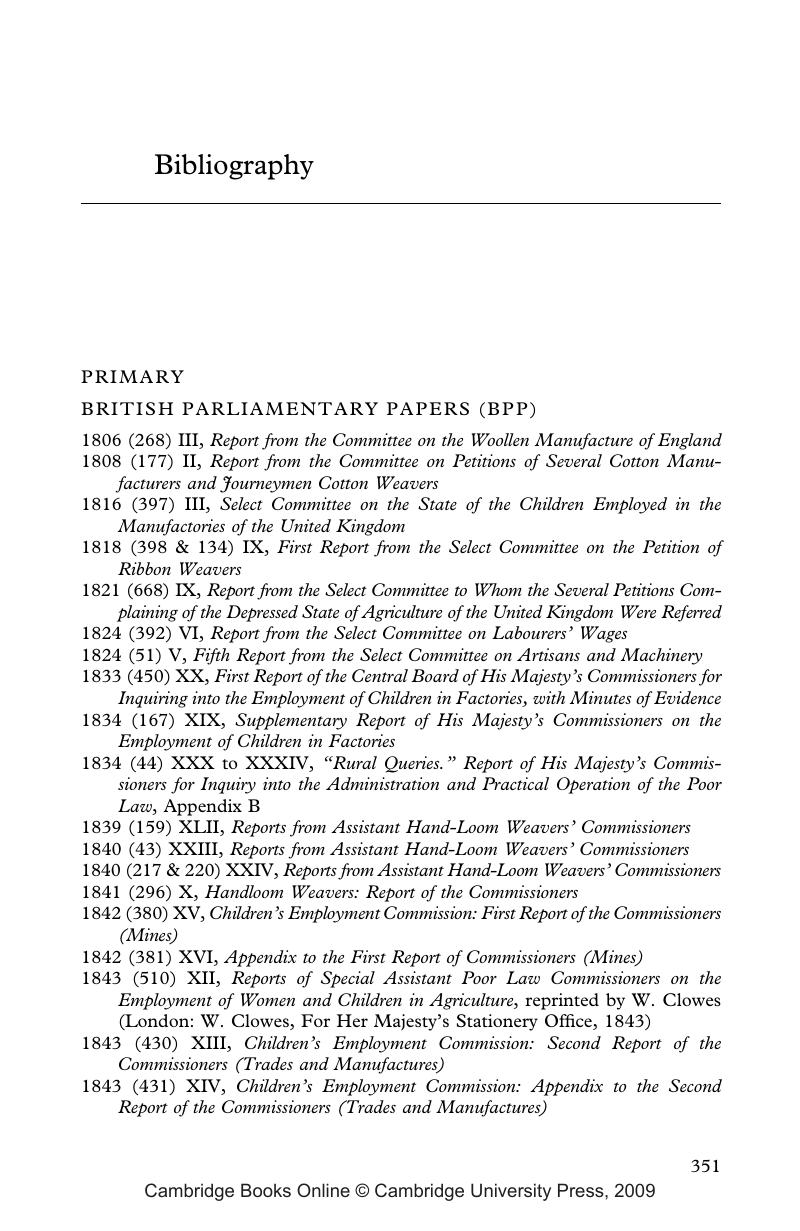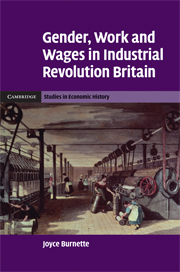Book contents
- Frontmatter
- Contents
- List of figures
- List of tables
- Preface
- Introduction
- 1 Women's occupations
- 2 Women's wages
- 3 Explaining occupational sorting
- 4 Testing for occupational barriers in agriculture
- 5 Barriers to women's employment
- 6 Occupational barriers in self-employment
- 7 Women's labor force participation
- 8 Conclusion
- Appendix to Chapter 3
- Appendix to Chapter 4
- Bibliography
- Index
- References
Bibliography
Published online by Cambridge University Press: 07 August 2009
- Frontmatter
- Contents
- List of figures
- List of tables
- Preface
- Introduction
- 1 Women's occupations
- 2 Women's wages
- 3 Explaining occupational sorting
- 4 Testing for occupational barriers in agriculture
- 5 Barriers to women's employment
- 6 Occupational barriers in self-employment
- 7 Women's labor force participation
- 8 Conclusion
- Appendix to Chapter 3
- Appendix to Chapter 4
- Bibliography
- Index
- References
Summary

- Type
- Chapter
- Information
- Gender, Work and Wages in Industrial Revolution Britain , pp. 351 - 369Publisher: Cambridge University PressPrint publication year: 2008



